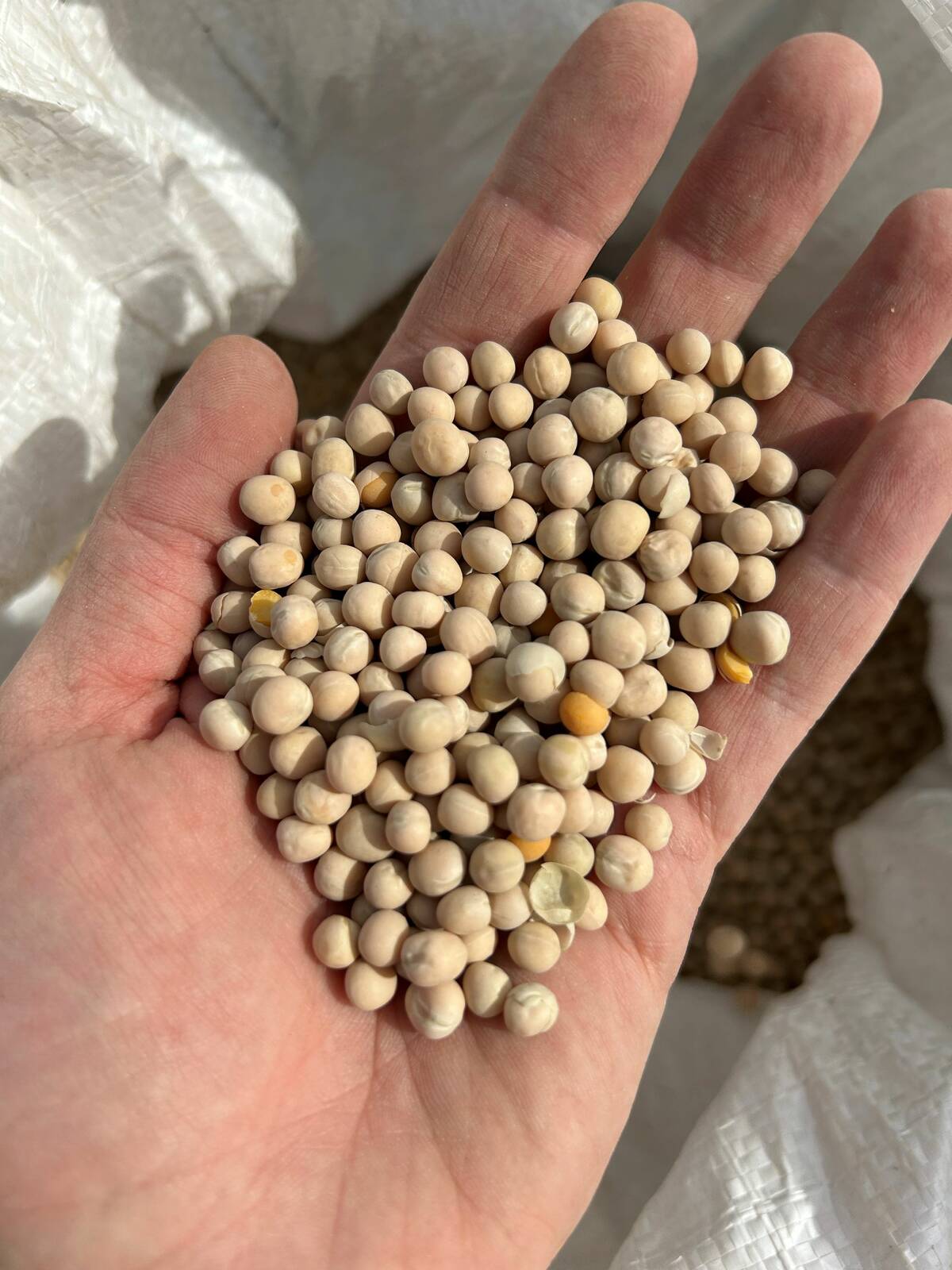No-till and vertical-till soybean growers in Ontario and Quebec will get a new pre-plant burndown and residual weed control option this spring for fields where they plan to put glyphosate-tolerant beans.
BASF Canada announced Tuesday it has picked up approval from Health Canada’s Pest Management Regulatory Agency (PMRA) for Optill — a premix dry formulation combining the company’s saflufenacil (Group 14) herbicide Kixor with imazethapyr, better known as the active in BASF’s Group 2 product Pursuit.
Applied pre-plant at 60 grams per acre, Optill is meant to be used as part of a two-pass program for burndown followed by early-season residual control of later-germinating weeds for four to six weeks, the company said.
Read Also

Pulse Weekly: Tariffs guide yellow peas in 2025
Tariffs were a major influence on Canadian yellow pea prices in 2025, with levies imposed by China and India. The two countries are Canada’s biggest foreign pulse buyers.
"Even in situations with heavy crop residue, it provides good residual activity," Joel Johnson, BASF’s brand manager for herbicides, said in a release.
Optill’s active ingredients "complement" glyphosate for a faster, more complete burndown than glyphosate alone, the company said, and allow "increased time and flexibility to apply a second, in-crop application of glyphosate."
The new product, which has a pre-harvest interval of 100 days after application, is registered for burndown and residual suppression of grasses including barnyard grass, large crabgrass and green and yellow foxtail, and for suppression of dandelions.
It’s also cleared for control of broadleaf weeds including, among others, Canada fleabane (including glyphosate-resistant biotypes) as well as common ragweed, redroot pigweed and lamb’s quarters (including triazine-resistant biotypes of all three, although "adequate" residual control might not be reached on Group 2-resistant biotypes).
Winter wheat can be seeded into the same field as a rescue crop or as a rotational crop 100 days after an Optill application. A second application of Optill can’t be made into the rescue crop, BASF said.
A year after Optill application, spring barley and wheat, winter wheat, field corn, dry beans or soybeans are the rotation options, BASF said.















